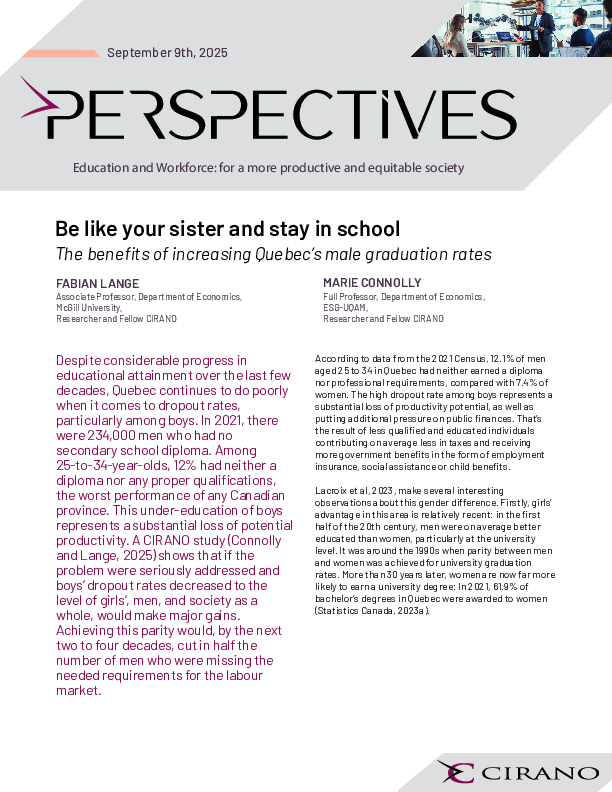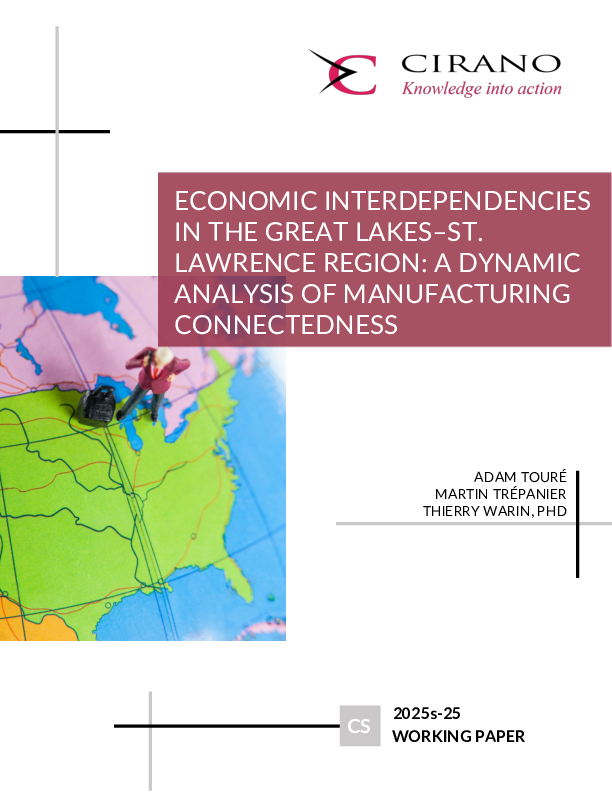The Blue Basket: A Tool to FastTrack Quebec’s Digital and Ecological Transition
The idea of the Blue Basket was born out of a commitment to boost the Quebec economy and reduce the ecological footprint of our consumption through local purchasing, while strengthening Quebec’s e-commerce specifically. However, this Blue Basket will require much more than the publication of a directory of Quebec suppliers, and efforts have been undertaken by its proponents to better define the project. This text is intended to contribute to the reflection on the matter.
Identifying whether a product or service is “Quebec made” and complex
In Quebec, as anywhere else in the world, the products and services delivered on our markets are the work of designers, suppliers, manufacturers and distributors whose activities are not necessarily based in Quebec. Indeed, Quebec imports account for 49.8% of its GDP, of which 34.3% originate from foreign countries and 15.5% from other Canadian provinces. In such an environment, identifying whether a product or service is “Quebec” becomes very complex. Actually, a good or a service available on the Quebec market may, at all intermediate stages of production and distribution, include local and imported inputs. For example, would a garment made by a Quebec designer, but sewn in Vietnam be qualified? Would a sophisticated robot designed in Quebec but assembled in Mexico be eligible? Exactness is essential in this exercise, as otherwise, Quebec businesses and consumers will quickly experience too much “blue washing” to believe in the validity of the Blue Basket.
A “Quebec” identification of the Blue Basket is possible through digital technologies
To measure the local content of a product, equivalent to its value-added, microeconomic data should be collated on the source (local or imported) of all its inputs and their relative contribution at each stage of production and distribution of the product. By replicating this exercise for all goods and services available, it would be possible to determine which goods and services could be included in the Blue Basket. Unfortunately, such information is not collated, but it would be possible to collate it through a digitization of GST and QST. Digitizing GST and QST using traceability technologies would make it possible to determine the detailed source of goods and services, and decentralized distributed registry (blockchain) technologies would make it possible to certify their local content percentage. The digitization of both taxes would therefore be a great way to build the Blue Basket technology infrastructure.
Indeed, when these technologies are implemented, the customer pays the bill including taxes, and the amount of the taxes is paid directly to tax authorities; the seller’s account is simultaneously credited with the net sale’s amount; the same applies to all suppliers for that retailer or producer. Everything is concurrent and executed via smart contracts, without any risk of fraud, and “all relevant information” is recorded.
A “Quebec” identification of the Blue Basket is possible through digital technologies
To measure the local content of a product, equivalent to its value-added, microeconomic data should be collated on the source (local or imported) of all its inputs and their relative contribution at each stage of production and distribution of the product. By replicating this exercise for all goods and services available, it would be possible to determine which goods and services could be included in the Blue Basket. Unfortunately, such information is not collated, but it would be possible to collate it through a digitization of GST and QST. Digitizing GST and QST using traceability technologies would make it possible to determine the detailed source of goods and services, and decentralized distributed registry (blockchain) technologies would make it possible to certify their local content percentage. The digitization of both taxes would therefore be a great way to build the Blue Basket technology infrastructure.
Indeed, when these technologies are implemented, the customer pays the bill including taxes, and the amount of the taxes is paid directly to tax authorities; the seller’s account is simultaneously credited with the net sale’s amount; the same applies to all suppliers for that retailer or producer. Everything is concurrent and executed via smart contracts, without any risk of fraud, and “all relevant information” is recorded.
The GST and QST digitization therefore help Revenu Québec determine the value-added, and thus the local content percentage, of the individual goods and services available from businesses collecting GST and QST in Revenu Québec’s jurisdiction. This certified content could be added to the QR Code, which also provides traceability information on the product or service available. This certified content is the instrument of the Blue Basket: a product or service 100% made from Quebec inputs would display a dark Blue Basket, and another 60% Quebec made, would carry a lighter Blue Basket. The Blue Basket would make it possible to fast-track the digital transition of our businesses, which, once digitized, will be more efficient and competitive on domestic and foreign markets.
A Blue Basket that could become the cornerstone of an ecological transition strategy for Quebec
Digitization also provides a significant ecological benefit that is too often ignored. Because it includes massive information on the components and origins of all inputs, in addition to manufacturing and distribution processes, it becomes possible to measure the ecological footprint of businesses. For example, we can find out how far an input is sourced, the type and amount of energy used to manufacture a good, or fuel used to distribute it, the amount of material recycled to make it, or whether it is itself recyclable. The digital revolution therefore becomes a powerful instrument for fast-tracking the ecological transition. By adding shades of green, a Blue Basket could become turquoise: a basket of ecological products and services made in Quebec!
Obviously, as with any major public policy project, a cost-benefit analysis will indeed have to be completed; however, above all, it is important to understand the context of this project. This requires a cultural, organizational and financial shift, in addition to boldness, risk taking, a lot of capital and hiring of new skills. It will take several years to complete, but the project is equal to the challenges initiated by the dual digital and ecological transition. For the benefit of future generations, we must build not only physical but also digital infrastructures.




